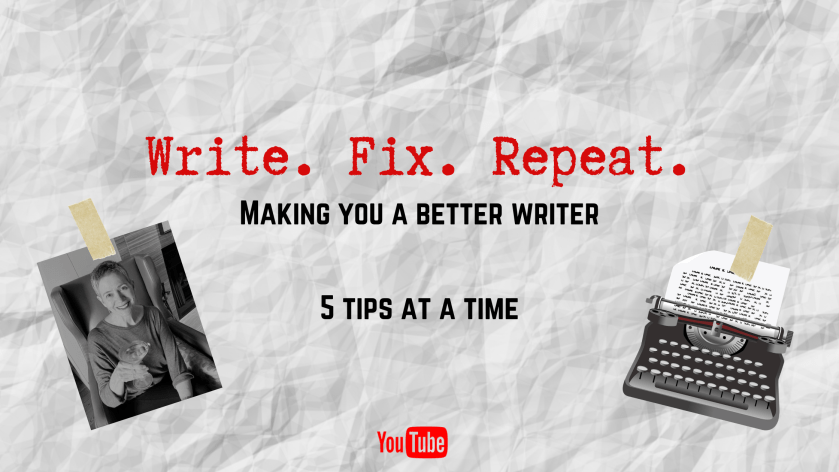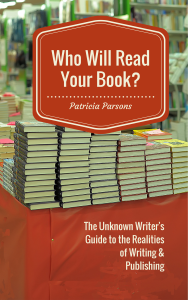I started my writing career over thirty years ago. I began with a writing passion that had burned brightly since I was a teeny-bopper (does anyone use that word anymore?). I remember being twelve years old and wondered why a kid my age couldn’t write a book. Of course, anyone can write anything. As a writer matures, though, the question becomes not whether I can write but whether I should write. My answer was always a resounding yes. I had to write. What’s next, then?
For everyone who writes, there comes a time when we begin to think about getting what we write published. I started as a freelance health and medical writer because my educational background led me in that direction. But I wanted to do more. So, I wrote a book.
What did I know about writing a book? I did a lot of research. In those days, that research involved lots of writing books. There was no internet to browse, no other writers to connect with online. I was on my own. So, I read a lot of books and writing magazines, and I took a few courses. I learned a lot by trial and error. After my first book was picked up by a publisher and finally made it to trade paperback, I started teaching writing.
Along the way, I had also picked up a graduate degree in strategic health communication (like you do!). I began consulting in corporate communications alongside my writing, which led a corporate communication program at a local university to ask me to teach. I started teaching print media, essentially a writing and design course for print communication tools. That began an unexpected twenty-six-year academic career, ending up as a full Professor of Communication Studies. All along the way, I never stopped writing―both as a job requirement and for myself.
Most of my books were published by traditional publishers. Still, along the way, I took several forays into self-publishing, even publishing teaching materials that eventually became a book that I sold to a large American textbook publisher. Now, I write only for myself―women’s and historical fiction. (and the odd writing reference book when I have time_.
Over the years, I’ve learned a lot from a lot of people―readers, editors, students, book authors, YouTube video presenters, among them. Now, it’s time to give back.
I’ve also learned one more thing: time is a precious commodity. So, I thought, what if I could provide bite-sized pieces of writing advice to budding writers―and others who want a fresh perspective―in a format they could easily access?
Born from that idea is my newly launched series on YouTube. Write. Fix. Repeat. Making you a better writer, five tips at a time.
I’ve just uploaded the first episode based on a blog post I did last year on the five characteristics of great writing. I thought it might be a good way to get started.
If you’d like five tips a week, subscribe and come along with me on this journey. I guarantee we’ll all learn something―especially me!



